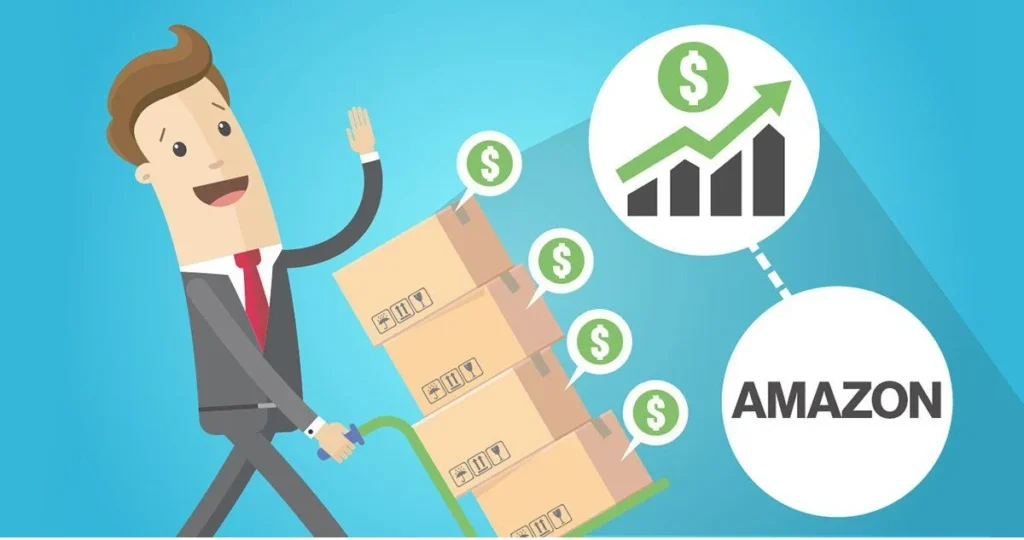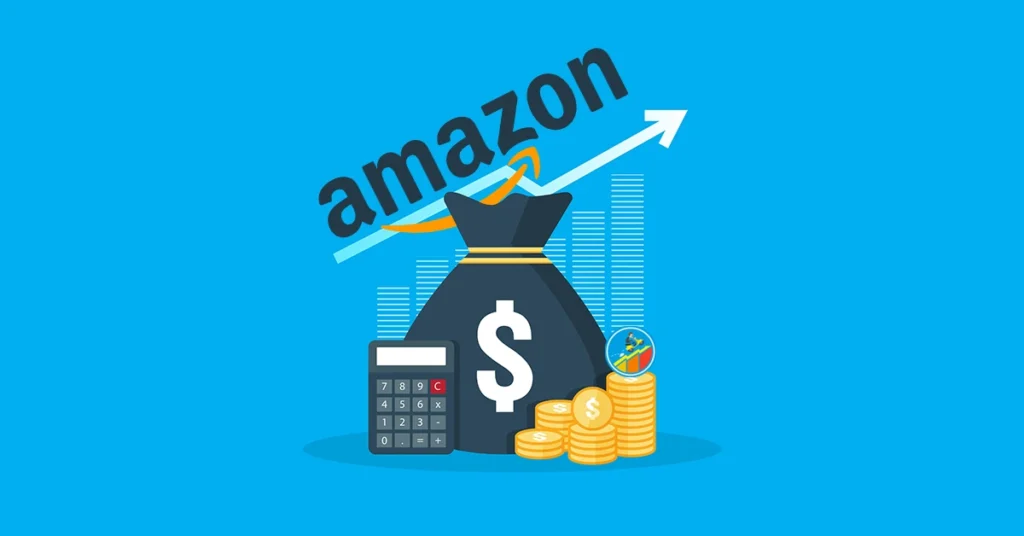As of April 30, 2025, Amazon is facing an increasingly complex trade environment as new tariff regulations are introduced in the U.S. and across major global markets. These changes are poised to have far-reaching consequences for sellers, consumers, and the broader e-commerce ecosystem. The latest round of tariffs, particularly from the U.S., which has imposed duties on a variety of goods imported from China and other countries, presents new challenges for Amazon. The company, known for its global reach and vast supply chain, now has to navigate shifting trade policies, political pressures, and rising operational costs.
These tariff adjustments come at a time when e-commerce is booming globally, but also when political tensions, trade imbalances, and economic nationalism are shaping the future of international commerce. In this article, we will break down what Amazon tariffs are, why they are being implemented, how they are impacting various stakeholders, and what steps Amazon is taking to adapt to these new challenges..

Amazon’s Consideration of Tariff Transparency Sparks Political Debate
In late April 2025, reports surfaced that Amazon was considering a new approach to tariffs—one that would display the impact of tariffs directly on product prices. The plan, which was intended to give consumers greater transparency about price hikes due to tariffs, gained traction among some stakeholders. Amazon’s leadership was exploring ways to make it clear to shoppers that a product’s price increase was the direct result of the new import duties.
However, the proposal quickly became a lightning rod for political controversy. The Trump administration, already at odds with Amazon over various issues, labeled the move a “hostile and political act.” In response, Amazon founder Jeff Bezos and the White House reportedly held discussions about the proposed plan. Amazon later clarified that the initiative was not approved and would not be implemented at this time. While the controversy has died down for now, it highlights the growing intersection of trade policy and e-commerce strategy and the challenges that Amazon faces in managing its image and relationships with policymakers.
The episode underscores the political sensitivity surrounding global e-commerce platforms, especially as Amazon, one of the world’s largest and most influential companies, continues to play a key role in international trade. The tension between government policy and private sector initiatives is expected to be a central theme in the coming months.

The Impact of New U.S. Tariffs on Amazon’s Operations
The most significant shift in Amazon’s operations in April 2025 is tied to the renewed tariffs imposed by the U.S. government on a wide range of imported goods, including electronics, textiles, and other consumer goods. These tariffs, some as high as 145%, primarily affect products manufactured in China and other low-cost manufacturing hubs. Since Amazon sources many products from these countries, the tariffs are directly impacting its pricing structure.
For Amazon sellers, particularly those who rely on third-party fulfillment (Fulfilled by Amazon, or FBA), the effects are immediate. Import duties increase the cost of goods entering the U.S., which in turn leads to higher operational costs. In many cases, sellers are now forced to either absorb the increased costs or pass them on to consumers, leading to price hikes across a range of products.
These tariff increases are also expected to put a strain on Amazon’s broader logistics operations. The company has long relied on global supply chains to provide competitive pricing and fast delivery. The higher tariffs may create delays in the movement of goods, as products could get held up at customs or face new checks, further slowing down delivery times.
Moreover, with Amazon’s significant share of the global market, the pressure is mounting not only for Amazon to manage its logistics but also for its competitors to adapt. Companies like eBay, Walmart, and others will face similar challenges, and their ability to adapt will likely determine how competitive they remain in the coming years.

Amazon’s Strategic Responses to Mitigate Tariff Effects
As tariffs rise, Amazon is actively looking for ways to shield itself from the most significant impacts. One of the primary strategies is to seek discounts and price adjustments from its suppliers, especially those who are heavily impacted by the tariffs. Amazon has a vast network of third-party sellers, and many of them rely on Amazon’s infrastructure to reach global customers. By negotiating lower prices, Amazon can reduce the added cost of tariffs and keep prices attractive for customers.
Another key strategy is shifting more of its supply chain outside of regions affected by high tariffs. Amazon has started encouraging its sellers to source products from countries that are not subject to the same level of tariff scrutiny. This includes shifting sourcing operations to countries like Vietnam, India, and Mexico, where manufacturing costs are still competitive, and tariffs are less of a concern. Amazon’s ability to create new trade routes outside of traditional manufacturing hubs like China could help mitigate the risk of increased duties.
In addition to this, Amazon is working to streamline its global logistics network. The company is ramping up its investments in local fulfillment centers around the world. By building more warehouses closer to major markets, Amazon can reduce its reliance on long international supply chains, which are more vulnerable to tariff-related disruptions. This localization of operations also allows for faster deliveries, which is a competitive advantage Amazon is eager to maintain.
Amazon has also begun offering its sellers more tools to navigate the complexities of international tariffs. These tools include customs compliance assistance, tariff calculators, and other resources to help third-party merchants understand and plan for new duties. For small businesses that rely on Amazon to sell their products, these tools can be invaluable in managing costs and ensuring compliance with new regulations.

Broader Implications for E-Commerce and Global Trade
The broader implications of Amazon’s tariff challenges extend far beyond the company itself. The rise of tariffs has created a ripple effect throughout the global e-commerce market, affecting smaller companies, global supply chains, and consumers alike. One of the primary concerns is the potential for rising prices on everyday products. As tariffs are passed down the supply chain, consumers will feel the effects in the form of higher prices for goods that are imported from other countries. This could slow the rapid growth of global e-commerce and hurt consumer purchasing power.
Moreover, the increased costs of doing business in a tariff-heavy environment may encourage smaller online businesses to scale back or even leave e-commerce platforms like Amazon altogether. Smaller retailers with thin margins may find it difficult to remain competitive in a market where operating costs are steadily climbing. This could stifle innovation and reduce the variety of products available online.
On a global scale, these tariff policies could lead to further fragmentation of international trade, with countries increasingly turning to protectionist policies. As governments prioritize local production and businesses look to avoid high import duties, the world’s supply chains could become more regionalized, making it harder for businesses to benefit from the economies of scale that global trade offers.
Conclusion
The evolving situation surrounding Amazon and the U.S. tariffs demonstrates how intertwined global trade, politics, and e-commerce have become in 2025. While Amazon is taking steps to adapt through negotiation with suppliers, diversification of its supply chain, and logistical innovation, the wider implications for e-commerce and global trade are still unfolding. For consumers, it means a likely increase in prices and a shift in the products available to them. For sellers, particularly small businesses, the new landscape could bring new challenges in terms of compliance and cost management.
As Amazon navigates these changes, the company’s ability to innovate and adapt will likely set the tone for the broader e-commerce landscape. The next few months will be critical in determining whether Amazon and other online marketplaces can maintain their growth trajectories amidst rising tariffs and economic uncertainty. Whether you’re a seller, a shopper, or an industry observer, staying informed about these changes is crucial to understanding the future of online retail.
Conclusion
The evolving situation surrounding Amazon and the U.S. tariffs demonstrates how intertwined global trade, politics, and e-commerce have become in 2025. While Amazon is taking steps to adapt through negotiation with suppliers, diversification of its supply chain, and logistical innovation, the wider implications for e-commerce and global trade are still unfolding. For consumers, it means a likely increase in prices and a shift in the products available to them. For sellers, particularly small businesses, the new landscape could bring new challenges in terms of compliance and cost management.
As Amazon navigates these changes, the company’s ability to innovate and adapt will likely set the tone for the broader e-commerce landscape. The next few months will be critical in determining whether Amazon and other online marketplaces can maintain their growth trajectories amidst rising tariffs and economic uncertainty. Whether you’re a seller, a shopper, or an industry observer, staying informed about these changes is crucial to understanding the future of online retail.
Table of Contents
UPS Announces 20,000 New Jobs: What It Means for the Job Market – trendsfocus